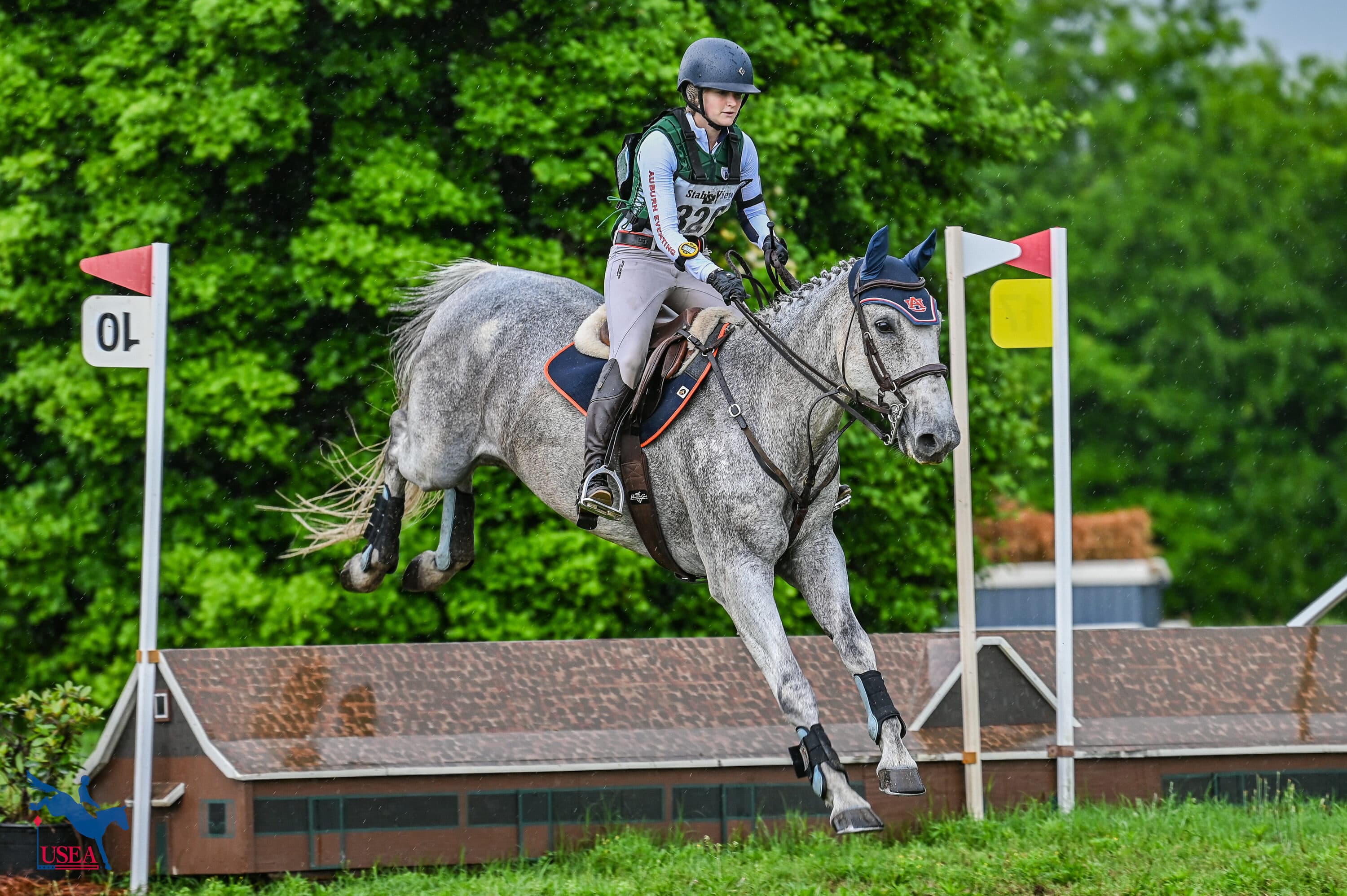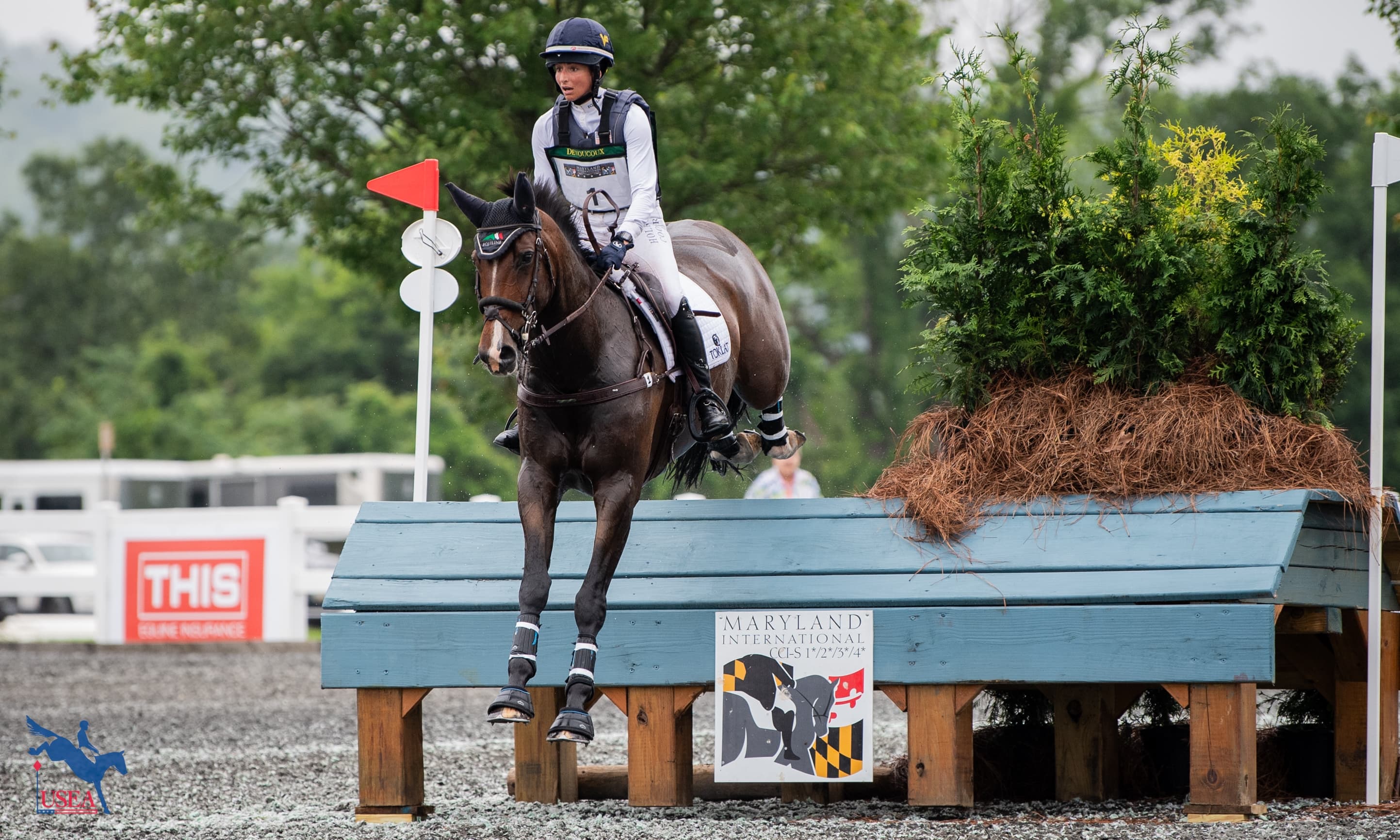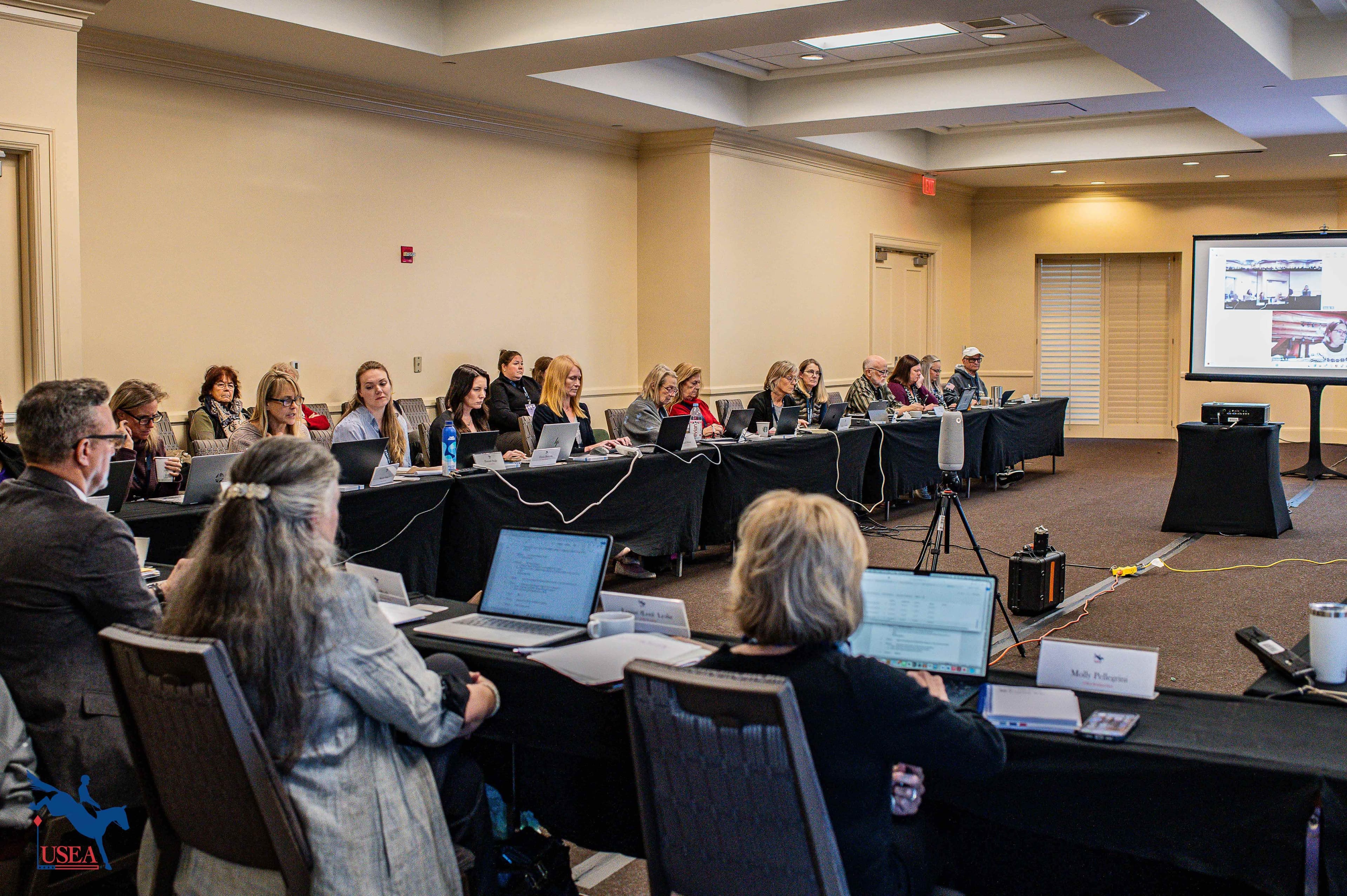New Eventing Rule Changes Going into Effect December 1, 2024

Following the United States Equestrian Federation's (USEF) summer meeting, 11 new rules changes for the 2025 eventing season were approved to go into effect starting Dec. 1, 2024. Now is a great time to begin familiarizing yourself with these upcoming adjustments to make sure you are in compliance come the 2025 season.
The USEF is in charge of creating and maintaining the rules for eventing. Please visit their website for the current USEF Rules for Eventing. General rules are available here.
Interesting in submitting a rule change proposal? Visit the USEF website.
Updates to Appendix 2 include:
- Exception for MERs: first activation of frangible device (11 penalties) or one missed marker (15 penalties) will maintain the MER result
- Align Horse and Rider divisions for all levels (separate out Modified)
- Beginning Dec. 1, 2025 Preliminary Level MER will require 4 horse trials at Training and 1 horse trial at Modified.
Appendix 3 will reflect an update for the Beginner Novice level adjusting the fence height for the level from .79m to .80m.
EV-9.5 has had some language adjustments to align dressage and show jumping jacket requirements from the Intermediate and Advanced levels. Jackets will remain required for Intermediate and Advanced for dressage and show jumping, unless all three phases of a horse trial are run over one day, in which a jacket is not required for show jumping. Jacket requirements stay the same:
Dressage | "A jacket may be any solid color, tweed, or pinstripe. Tasteful, discreet accents, piping and crystal decorations are permitted. Tailcoats are permitted."
Show jumping | "The jacket may be of a single color, tweed, or pinstripe with tasteful, discreet accents, piping or crystal decorations."
Beginner Novice through Preliminary will not require jackets in either phase.
EV-10.2 will include the following language regarding saddle pads used during a dressage test:
"Saddle pads may be any single color. Contrast trim and piping are permitted. Striped or multi-colored pads are prohibited."
EV-109.2 has received an update to the re-qualification timeline. The official language will read:
"f. Having lost qualification, a Horse may be re-qualified by achieving two MERs at the next lower height level within any 6-month period and no sooner than 10 days following the loss of qualification."
EV-113.1 has been modified to provide a more robust definition of dangerous riding to provide licensed officials with clearer parameters of when to assess the Dangerous Riding penalty. The following examples will be listed beneath this rule:
"...Dangerous riding may include but is not limited to the following:
a. Riding out of control (Horse clearly not responding to the Athletes restraining or driving aids).
b. Riding Obstacles too fast or too slow.
c. Repeatedly standing off fences too far (pushing the Horse to the base of the Obstacle, firing the Horse to the fence).
d. Repeatedly being ahead or behind the horse's movement when jumping.
e. Series of dangerous jumps.
f. Severe lack of responsiveness from the Horse or Athlete.
g. Continuing after three clear refusals, a fall, or any form of Elimination.
h. Endangering the public in any way (e.g. jumping out of the roped track).
EV-115.5 includes language that makes an exception to GR1219 in regard to video. The official language shall read:
"5. VIDEO. As an exception to GR1219, and in addition to Official Video as defined in GR150, unaltered video or still photography is permitted for consideration by the Ground Jury and Technical Delegate for a cross-country field of play decision."
EV-122.1 has received updates for fault clarification (a), an updated definition of a runout (b), and added definition and penalties for a missed marker (c).
A) In eventing, it has been a normal practice that if an athlete jumps an obstacle of another level's track, that it is not penalized provided they complete the obstacles of the level in which they are competing in the correct sequence. At times, this is used as a training opportunity. With the way the current language is stated, athletes would incur penalties for this practice, and the approved language changes to this rule would permit athletes to practice this without penalty.
B) In order to eliminate confusion at the national level for either retaking a jump or continuing, the FEI definition of a missed flag and runout were adopted.
The runout wording is as follows:
"A Horse is considered to have run-out if, having been presented at an Obstacle on the course, it avoids it in a way that the head, neck, and point of either shoulder fail to pass between the Obstacle markers or the hindquarters do not jump the height of the solid part of the Obstacle. Continuing on course without representing will incur Elimination."
The missed markers wording is as follows:
"To clear an Obstacle, the Horse's head, neck, and shoulder must pass between the Obstacle markers. If the marker is dislodged, the hindquarters must jump the height of the solid part of the Obstacle. If the Obstacle is not navigated as described a 15 point penalty must be assessed."
Updates to EV-123 and EV-128 align cross-country and show jumping eliminations at the Modified level with USEF recognized divisions (Preliminary and above).
EV-135.2 has received additional language regarding altering show jumping warmup fence markers. This language reads as follows:
"d. The warmup area for Show Jumping must include at least two adjustable oxers and two adjustable vertical practice fences. The direction of the markers for individual practice fences may be altered at the Intermediate level or higher. The direction of all practice fences must be consistent for the Preliminary level and below."
Additional adjustments to EV-135.2 aim to provide a safer and more accomodating warmup environment. The new language will read:
"d. For the Training levels and below, the warmup area for Show Jumping must include at least two adjustable oxers and two adjustable vertical practice fences. For modified levels and above, the warmup area for Show Jumping must include at least four Obstacles which are capable of being set as spreads. Where space or materials are limited for all levels, and with the permission of the Technical Delegate, the warmup may contain three obstacles which are capable of being set as spreads.
e. The warmup area for Cross-Country must include at least two adjustable Obstacles capable of being set as spreads and one solid Cross-Country type obstacle. Where space or materials are limited, and with the permission of the Technical Delegate, the warmup may contain at least one adjustable Obstacle capable of being set as a spread and one solid Cross-Country type Obstacle."
And lastly, adjustments to EV-153.1 allows for more flexibility when positioning officials. Updated language is as follows:
"1. The following Licensed Officials are the minimum required at Horse Trials. Higher level Licensed Officials may serve int eh roles listed below. A Second Eventing Technical Delegate of any level is required if an Event has more than 300 entries, any day where cross-country and show jumping phases will be running concurrently and a member of the Ground Jury will not be present on the course during the Cross-Country phase."














